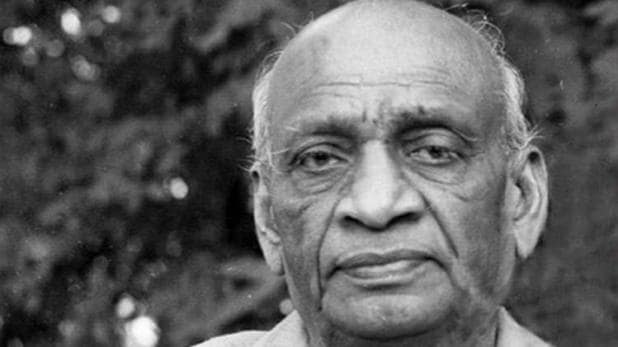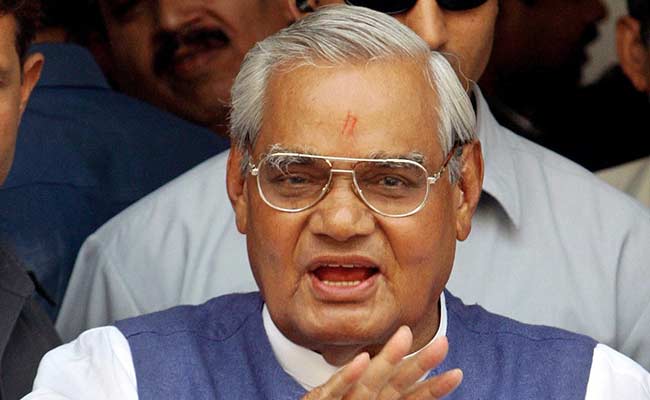Significance of National Unity Day 31 October
31 October is celebrated as National Unity Day or Rashtriya Ekta Diwas to commemorate birth anniversary of Sardar Vallabh bhai Patel. In 2014, Narendra Modi government decided to dedicate 31 October to acknowledge and appreciate pivotal role of Sardar Patel in unifying the country.
National Unity Day provides an opportunity to re-affirm the inherent strength and resilience of our nation to withstand the actual and potential threats to the unity, integrity and security of our country.
The Statue of Unity in remembrance of Sardar vallabhbhai Patel
The Statue of Unity is a monument dedicated to Patel, located in the Indian state of Gujarat. At the height of 182 metres (597 feet), it is the world’s tallest statue, exceeding Spring Temple Buddha by 54 meters. Statue was inaugurated by India’s Prime Minister Narendra Modi on 31 October 2018, the 143rd anniversary of Patel’s birth.
It is located on a river island facing the Sardar Sarovar Damon river Narmada in Kevadiya colony, 100 kilometres (62 mi) southeast of the city of Vadodara and 150 kilometres (93 mi) from. The statue depicting the late freedom fighter was designed by prominent Indian sculptor Ram V Sutar.
Run for Unity Marathon
‘Run for Unity’ is a marathon that marks the 144th birth anniversary (31 October, 2019) of Sardar Vallabhbhai Patel.
Prime Minister Modi added to his speech that the abrogation of Article 370 from the state of Jammu and Kashmir was a tribute to the vision of Patel and hence this calls for a great celebration.
The main theme of National Unity Day 2019 was to bring the nation together, united in times of strife and rising extremism.
Also Read: The Tallest Statue of World- Statue of Unity
Short Biography of Sardar Vallabhbhai Patel
- Sardar Patel was born on 31 October, 1875 and died on 15 December 1950 in Mumbai, Maharashtra due to cardiac arrest.
- Patel was one of the six children of Jhaverbhai Patel and Ladba, was born in Nadiad , Gujarat
- He is known as Iron Man of India or Bismarck of India.
- By profession, he was barrister (lawyer) and had successfully practiced law. Later he left law practice and joined the Indian national movement under leadership of Mahatma Gandhi.
- He played a leading role in organizing non-violent protests peasant protests in Kheda, Bardoli and Borsad in Gujarat. He also worked against social taboos including untouchability and caste-based discrimination.
- Sardar Vallabhbhai Patel also supported Mahatama Gandhi’s Non-Cooperation Movement and the Khadi movement and chose to wear only khadi clothes.
- He was appointed as the 49th President of the Indian National Congress in 1934. He had also played a major role in promoting the Quit India Movement.
- Patel was the first chairman and founder of “Edward Memorial High School” Borsad, today known as Jhaverbhai Dajibhai Patel High School
- In India’s independence struggle, he played a major role in organizing peasants’ movements on Gandhian principles in Bardoli and Kheda in Gujarat and during the Quit India movement.
- Sardar was India’s first Deputy Prime Minister and Home Minister of Independent India.
- His biggest contribution to India was his role in the integration of the over 500 princely states with India during 1947-49.
- He is also remembered as Patron Saint of India’s civil servants for establishing modern All-India services.
- He is also called the “Unifier of India”.
- He was posthumously conferred with Bharat Ratna, India’s highest Civilian honour, in 1991
- In 2012, Patel was ranked third in Outlook India’s poll of the Geatest Indian.
- The Sardar Vallabhbhai Patel National Memorial in Ahmedabad was established in 1980 at the Moti Shahi Mahal. It comprises a museum, a gallery of portraits and historical pictures, and a library containing important documents and books associated with Patel and his life.
- The International Airport of Ahmedabad is named after him
- The International cricket stadium of Ahmedabad (also known as the Motera Stadium) is named after him.
- A national cricket stadium in Navrangpura, Ahmedabad, used for national matches and events, is also named after him.
What is Rashtriya Ekta Diwas Pledge राष्ट्रीय एकता दिवस?
Following is the pledge for Rashtriya Ekta Diwas (National Unity Day) राष्ट्रीय एकता दिवस:
“I solemnly pledge that I dedicate myself to preserve the unity, integrity and security of the nation and also strive hard to spread this message among my fellow countrymen.
“I take this pledge in the spirit of unification of my country which was made possible by the vision and actions of Sardar Vallabhbhai Patel. I also solemnly resolve to make my own contribution to ensure internal security of my country.”
Frequently Asked Questions
Q: Why we celebrate National Unity Day?
Ans: National Unity Day is celebrated to commemorate Sardar Vallabhbhai Patel’s birth anniversary which falls on 31st October.
Q: When was National Unity Day start?
Ans: National Unity day was celebrated for the first time in 2014.
Q: Who started National Unity Day?
Ans: Government of Narendra Modi initiated National Unity Day in 2015.




